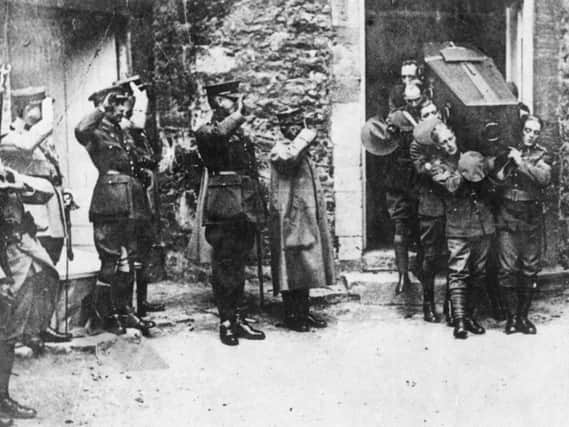How our symbols of remembrance of the First World War were born


The unprecedented human cost of the war became one of its defining legacies and the nation united in the idea of remembrance.
Debates were held from local councils to the top of Government to identify the most fitting symbols and places of public memorial.
Advertisement
Hide AdAdvertisement
Hide AdIt is from these conversations that such things as the poppy and the minute’s silence were settled on. At a local level places like memorial halls and war memorials were built across the land.
A new exhibition at the Imperial War Museum North looks at the personal and the public ways the nation chose to remember its war dead.
Lest We Forget? showcases how the Unknown Warrior was selected, the art commissioned for a proposed national Hall of Remembrance and the personal tributes made by family members.
* Lest We Forget opens on July 27 and runs until February 24, 2019 at the Imperial War Museum North, in Manchester. For more details visit www.iwm.org.uk/events/lest-we-forget